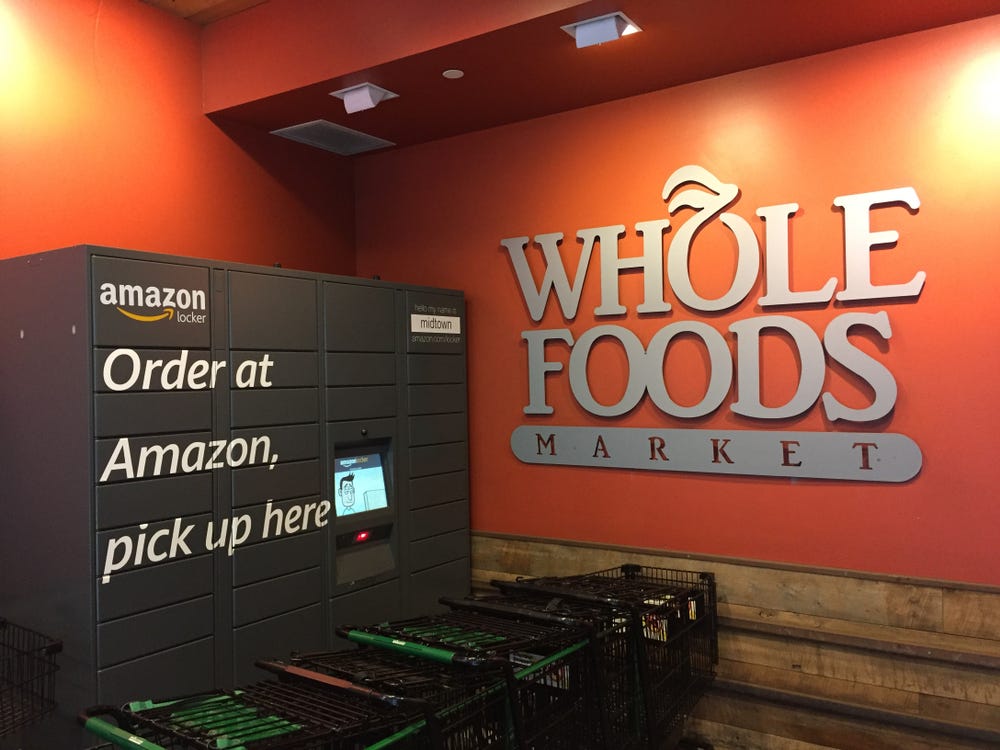Since Amazon’s acquisition of Whole Foods in 2017, this natural-leaning grocer has seen numerous changes from the introduction of Amazon Lockers to the addition of Amazon Prime benefits. And as Amazon continues to evolve their strategy for Whole Foods, inMarket has used first-party, SDK derived always-on location data to observe visitation habits, frequency, dwell time, and purchasing trends to help marketers understand Amazon’s impact on this chain.
Get the full results for this deep-dive report on Whole Foods 360-Degree inSights— now available here.

Foot Traffic

Whole Foods brought in higher foot traffic in Q1 2019 than compared to the same time period last year. Amazon seems to be focused on inspiring visits from their customers by incentivizing their 100 million Prime membership holders with special perks and doubling down on their digital omnichannel strategy. This may also indicate that shoppers are visiting more frequently than the previous year.
New Shoppers

The number of new shoppers at Whole Foods has decreased from Q1 2018. While 2018 was a strong year for bringing in new shoppers, Whole Foods has slowed down on this strategy, and is instead focusing on developing plans to retain current shoppers.
Micro Visits

There was a substantial increase in micro visits in 2019, which may be due to the increased rate of additional Amazon Lockers and streamlined online order pickups for quick in-and-out trips.
Dwell Time

Shoppers who enter Whole Foods locations are spending less time there. This may be a small byproduct of the increased micro visits on average dwell time — shoppers who are just above the 5 minute threshold for micro visits might be affecting the average dwell time.
Brand Volume Growth

Interestingly, brands for pantry or dry packaged foods — like granola bars or cereal — were not among the top 5. Whole Foods shoppers are buying brands which largely focus on perishable and/or refrigerated items — confirming that consumers demand a fresh, healthy selection of food.
How We Did It
inMarket’s first-party, SDK derived location insights platform measured foot traffic spikes and dips around key days for non-grocery retailers using 50 million Comscore-verified monthly active users.
So What? Why Should I Care?
Next to using a crystal ball, observing foot traffic patterns is one of the best predictors for consumer behavior, grocery chain strategy and growth. Measuring these real-time movements is crucial because it provides an extra dimension of observation and visibility into Amazon’s master plan, and predicts the direction in which the grocery industry will move.
Get the full results for this deep-dive report on Whole Foods — now available here.
Want more inSights reports? Sign up at go.inmarket.com/subscribe or check out inmarket.com/insights.
To learn how your brand can connect with consumers on key milestone days, contact us today.
Check out our other articles:
